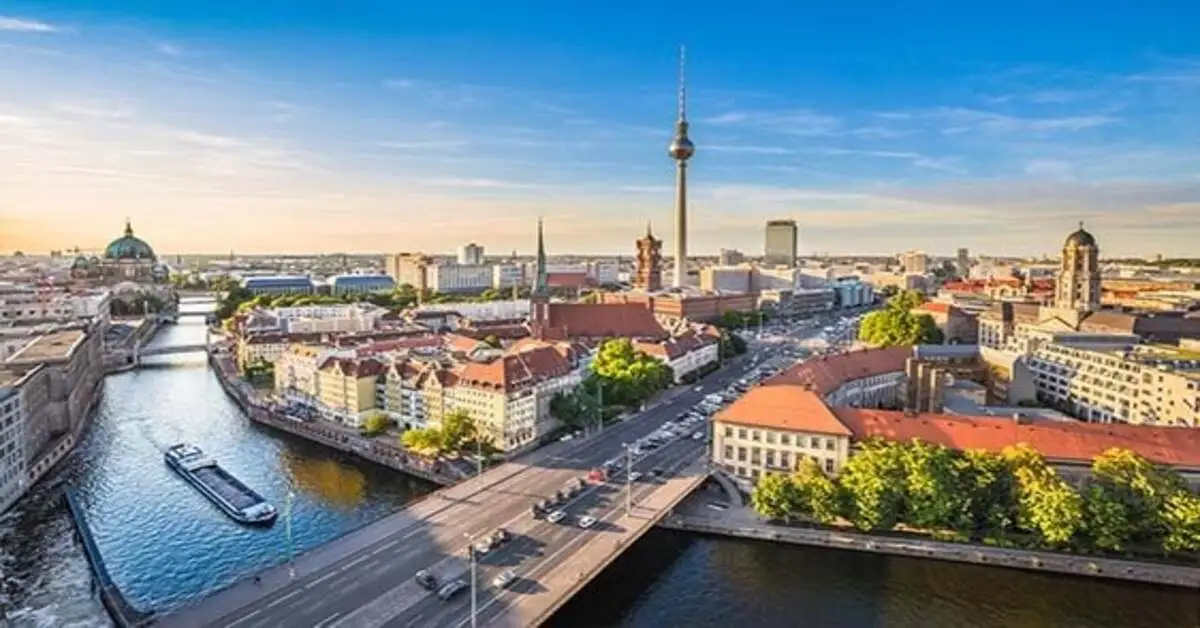BRICS countries have managed to catch up and even surpass the G7 countries in the GDP of their Purchasing Power Parities (PPP) over the last 4 decades.
BRICS countries, which are considered to be the largest developing economies in the world have significantly increased their GDP from their Purchasing Power Parities, beating the G7 countries.
The BRICS countries comprise Brazil, Russia, India, China, and South Africa, while the G7 countries, which are considered the largest industrialized economies are the UK, the US, Germany, Italy, France, Japan, and Canada. These BRICS countries have reported an increase in the global Gross Domestic Product, (GDP) generated from Purchasing Power Parities from 10.66% in 1982 to 31.59% in 2022.
Read also: Kenya receives Ksh 52 billion for free WI-FI hotspots

The BRICS nations have suffered a steady decline in the global GDP generated from PPPs, from 50.42% in 1982 to 30.39% in 2022. The BRICS nations were reported to have caught up with the G7 countries’ GDP in 2020 in the wake of the COVID-19 pandemic. Since then, the G7 nations have been reporting a decline while their counterparts, the BRICS nations slowly catapulted themselves to the top of the charts.

Subscribe to Switch TV for more content
India, one of the BRICS nations was reported to have the most excellent performance in terms of global GDP generated, after rising to position 3 in the list of the world’s GDP generators. This growth has been attributed to the incredible efforts put in by Indian farmers to reduce the costs of production.
PPPs are important for controlling the price levels of commodities between economies of different countries.
Read also: Sustainable Economy as Amazon Plans to trim employee stock awards
















